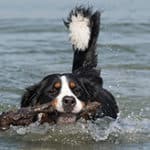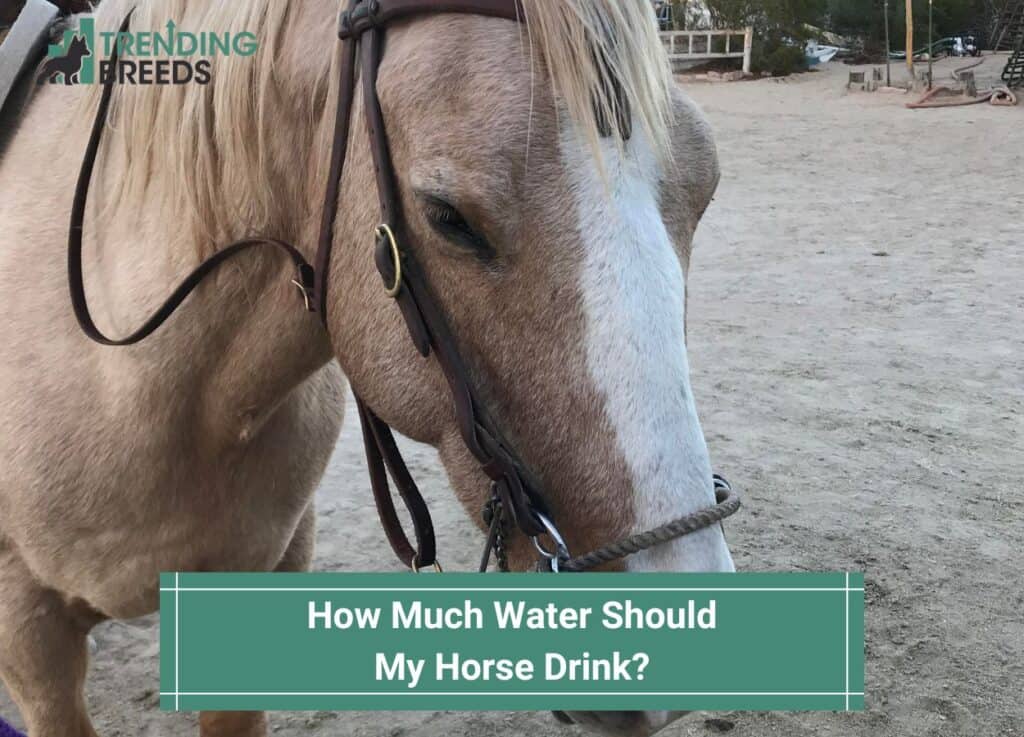
Many people who get a horse are unsure how much water it needs to drink. If you fall into such a category, don’t worry; we’ve got you covered. For those asking, “How much water should my horse drink?” the answer will vary.
The horse’s water requirement can change depending on whether it indulges in strenuous activity.
The weather of the region, the freshness of the water, how the water is presented to the horse, and more factors change the answer to how much your horse needs to drink. In general, horses need to drink 5-10 gallons of water daily to stay hydrated.
Keep reading below for more information.
Before you scroll down this guide, check out these other horse-related articles: Best Horse Rescues in Missouri and Best Horse Rescues in Pennsylvania.
Table of Contents
How Much Water Should My Horse Drink?

Water is essential for the health of a horse. The average adult horse weighs over 1,100 pounds, so its body must contain about 770 pounds (or 96 gallons) of water.
Smaller horses, such as foals, have a higher water consumption per kilogram of body weight than larger horses.
Horses have different daily water needs depending on their age, bodily condition, the quantity, quality, and type of feed they consume, their degree of fitness, and the amount of work they do.
There are many other elements that affect water intake, including the temperature as well as the freshness, purity, and palatability of the available water.
Fat has a lower water-holding capacity than muscle. Therefore, overweight horses often need less water than their trimmer counterparts. Water intake is proportional to dry matter; however, this relationship can be affected by factors such as feed type and digestibility.
Horses that are fed a diet consisting solely of hay require more water than those that are provided a diet consisting of either grain or a full pellet. Horses that graze on high-quality pastures, which can contain as much as 80% water, will require less supplemental hydration than those that eat only hay and grain.
Because of this, horses can drink far less water when they are turned out during the summer than they do during the winter when they are stalled and fed a diet that is primarily composed of hay.
It’s possible that their overall water consumption is the same in both seasons but that it comes from different places. We are all aware that eating salty foods causes one to feel more parched. But feeding a horse more protein than is necessary causes the horse to drink more water but also causes the horse to produce more pee. The horse will try to rid itself of excess nitrogen.
A 1,100-pound horse stabled in a cool setting will consume 6-10 gallons of water daily.
In a warmer climate, the number could rise to 15 gallons daily. On average, a working horse needs 10-18 gallons of water daily, but that number can rise significantly in hotter climates.
Because they are losing fluids during milk production and eating more to compensate, nursing mares need to drink more water. Up to 20 liters of water daily is no problem for a 1,100-pound nursing mare.
Even when it’s not particularly hot outside, foals must consume between 6 and 8 liters of water daily. This is true even if the weather is mild.
The temperature of the water has a significant impact on a horse’s thirst. Water temperatures between 45 and 65 degrees Fahrenheit are optimal for consumption.
Changes in the weather can influence how much water is consumed and cause issues like impaction colic. When drastic weather shifts are on the horizon, you may help your horse adjust by providing an ounce or two of loose salt in his or her regular feed.
Horses consume less water when temperatures are low but more when the weather is hot and humid. Moving a horse from an area with mild temperatures to a hot and humid climate might increase its water intake during exercise by as much as 80%.
Intense training can increase a 1,100-pound horse’s daily water consumption from 4-10 gallons to as much as 30 gallons.
Horses of any kind require constant access to fresh, high-quality water. It is recommended that outdoor water troughs be cleaned at least once every couple of weeks to eliminate debris and algae. The water buckets in the stalls need to be emptied and cleaned every day. Automated water systems must be checked daily because they could be broken and not deliver enough water.
Why Does My Horse Need So Much Water?
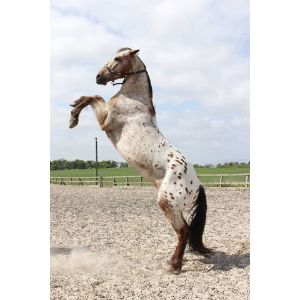
There are two primary causes for the high-water consumption among horses.
Horses need large amounts of pure, fresh water for their digestive systems. High quantities of water are necessary to aid in the digestion of their high-fiber diet (grass, hay, etc.).
Horses are susceptible to impaction colic (when fiber obstructs the digestive tract) if they fail to consume enough water or if they have limited access to water.
Horses can be severely affected by colic in its many forms. Emergency veterinary care is required for cases of impaction colic.
Horses and humans are among the few other animals that cool off via perspiration.
Because of the high-water consumption involved, horses must never have their access to water restricted while under a heavy workload.
The idea that you should prevent horses from drinking water after they have been worked is an outdated myth.
A horse that has recently finished a race or other highly vigorous activity should be permitted to drink, then stroll for a few minutes before being given another drink.
Once the horse’s heart rate returns to normal, you can stop giving it water.
Endurance racing has shown that depriving horses of water is extremely risky. Horses participating in long trail rides or endurance events should have access to water at all times.
Tips for Promoting Water Intake
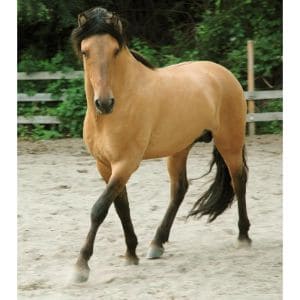
Here are eight easy and efficient strategies for increasing your horse’s water intake:
Feed More Salt to Your Horse
The water you drink is proportional to how much salt you eat. A horse’s thirst can be stimulated by adding salt to its meal, which will increase the animal’s overall water consumption.
Water consumption rose by 53% when salt levels in the diet rose from 50 mg/kg to 100 mg/kg.
One ounce (30 g) or two tablespoons of loose salt should be included in the daily ration for the ordinary horse. Horses of a larger size or those in moderate or heavy work should be given more loose salt.
Your horse should also have access to loose salt at all times. Horses can’t get enough sodium from a salt block; thus, giving them loose salt is better.
Offer Electrolyte Replacements
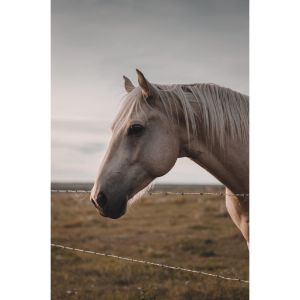
If your horse is at a maintenance level of activity or participates in mild recreational exercise, providing salt and water should be sufficient to replenish any fluid loss that may have occurred.
However, electrolyte supplements are suggested to replace the minerals lost in sweat by horses that engage in more strenuous and frequent exercise.
Electrolytes may also be important for maintenance horses when environmental conditions call for increased water consumption, such as during extreme heat and humidity periods.
According to the findings of one study, horses who ran 60 km on a treadmill drank significantly more water when an electrolyte was added to their water supply (24 to 26 liters), as opposed to when they were only given water (12.2 liters).
When sugar was included in the electrolyte, water consumption was marginally greater.
The electrolyte supplement you choose should replenish the balance of sodium, potassium, and chloride in the body, as these are the elements typically lost in sweat.
Sugar and flavorings can improve the flavor of electrolytes.
If water is not readily available, electrolytes should be added as a paste or top-dressing to the meal. Training may be necessary to get horses used to drinking electrolyte-flavored water.
Over a week to two weeks, gradually increase the number of electrolytes in your horse’s drink to help them adjust.
Electrolyte supplements are an easy and efficient technique to restore electrolyte balance and combat the effects of fluid loss.
Make Warm Water Accessible During the Winter
It is essential to ensure that your horse has access to water that is at room temperature, even when the weather outside is cold since this will encourage proper hydration.
Horses prefer warm water (20°C or 68°F) over ice-cold water (0°C or 32°F) when it’s cold outside, according to studies.
Warmer temperatures encourage horses to drink more water or electrolyte solution during exercise.
If the temperature outside is high enough, warm or cold water consumption rates are about the same.
Easy Access to Clean Water at All Times
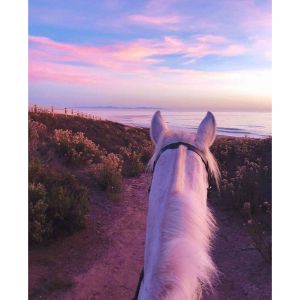
The horse must be able to easily reach water both within the stable and out in the paddock.
It is important to position the water troughs in the paddock so that a maximum number of horses can drink from them simultaneously.
Horses will drink less if they must travel further to get to water than if it is readily available.
Water quality should be maintained so unpleasant odors and tastes do not deter them from drinking it. The following are examples of common odors that may discourage a horse from drinking:
- Sulfates
- Manure Algae
- Products Of Microorganisms
- Decaying Plant Matter
Cleaning the water buckets and the automatic watering bowls daily is a must. It is also important to check the automatic watering systems’ functionality daily.
Debris should be removed from outside water troughs at least once every two weeks.
Use Water Buckets with Light Colors
While automated watering systems are convenient for horse owners, horses would instead use a bucket for drinking.
Horses trained to use both systems drank an average of 24 liters (L) per day from a bucket, compared to only 17 L from an automatic system.
Water consumption can also be affected by the color of the bucket.
Turquoise, light blue, and light green buckets are preferred by horses above green, yellow, and red ones. The use of turquoise buckets leads to the highest water usage.
Horses prefer automated water bowls with a float valve over those with a pressure valve. Also, bigger bowls seem to be more appealing to them.
Automatic waterers’ flow rates can also impact the amount of water a horse drinks.
Horses drank the most when the water supply was replenished at 8 liters per minute (l/min), compared to 3 l/min and 16 l/min in the study.
Enable Access to Grassland
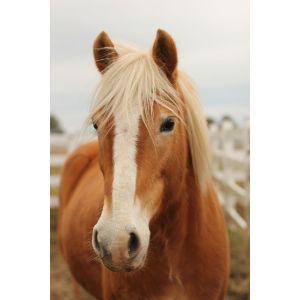
Depending on the grass species and the time of year, a good pasture’s water content might range from about 60% to 80%.
Horses can get much of the water they need from the grass they eat when turned out to pasture.
A horse that forages for its food will need much less water than one fed hay, grains, or a complete meal.
The dry matter content of these meals is higher than that of pasture grasses.
Your horse’s water intake can be increased by providing ample grazing time when appropriate for the time of year and the horse’s condition and health.
It is important to remember that horses are at risk of developing laminitis.
Those that are over-conditioned, and those with metabolic issues such as Equine Metabolic Syndrome or Cushing’s illness with insulin resistance should have restricted or no access to pasture.
Frequently Asked Questions
Can a horse go 12 hours without water?
Horses can go for up to three days without water, but they will develop stomach problems if not given water at least once a day.
How do you tell if a horse is dehydrated?
If your horse’s gums are white or purple, or its upper lip is not moist, it probably needs water.
Can horses drink tap water?
This depends on how good your local water source is. If you rely on city water, then yes, it should be fine. If you know that your water source might be contaminated, your horse should not drink that water.
How Much Water Should My Horse Drink?
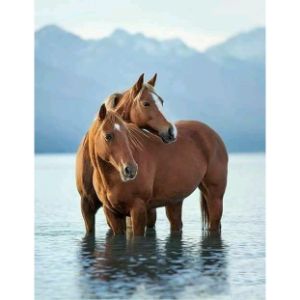
Now that you know how much your horse needs to drink per day, make sure it gets its daily requirement. Read through the recommendations in this article in order to encourage your horse to drink more water.
If you find this guide, “How Much Water Should My Horse Drink,” informative and helpful, you can check out these other horse-related articles from our team:
You can learn more about horses by watching “These Are 10 Most Amazing Horse Facts” down below:


